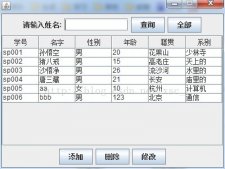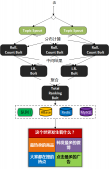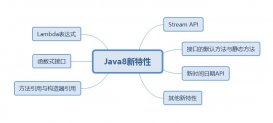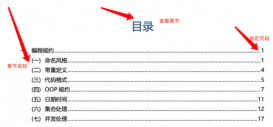上一小节我们学习了添加handler的逻辑操作, 这一小节我们学习删除handler的相关逻辑
删除handler操作
如果用户在业务逻辑中进行ctx.pipeline().remove(this)这样的写法, 或者ch.pipeline().remove(new SimpleHandler())这样的写法, 则就是对handler进行删除, 我们学习过添加handler的逻辑, 所以对handler删除操作理解起来也会比较容易
我们首先跟到defaultChannelPipeline的remove(handler)的方法中:
|
1
2
3
4
|
public final ChannelPipeline remove(ChannelHandler handler) { remove(getContextOrDie(handler)); return this;} |
方法体里有个remove()方法, 传入一个 getContextOrDie(handler) 参数, 这个 getContextOrDie(handler) , 其实就是根据handler拿到其包装类HandlerContext对象
我们跟到getContextPrDie这个方法中
|
1
2
3
4
|
private AbstractChannelHandlerContext getContextOrDie(ChannelHandler handler) { AbstractChannelHandlerContext ctx = (AbstractChannelHandlerContext) context(handler); //代码省略} |
这里仍然会通过context(handler)方法去寻找, 再跟进去:
|
1
2
3
4
5
6
7
8
9
10
11
12
13
14
15
16
17
|
public final ChannelHandlerContext context(ChannelHandler handler) { if (handler == null) { throw new NullPointerException("handler"); } //从头遍历节点 AbstractChannelHandlerContext ctx = head.next; for (;;) { if (ctx == null) { return null; } //找到handler if (ctx.handler() == handler) { return ctx; } ctx = ctx.next; }} |
这里我们看到寻找的方法也非常的简单, 就是从头结点开始遍历, 遍历到如果其包装的handler对象是传入的handler对象, 则返回找到的handlerContext
回到remove(handler)方法:
|
1
2
3
4
|
public final ChannelPipeline remove(ChannelHandler handler) { remove(getContextOrDie(handler)); return this;} |
继续跟到remove方法中:
|
1
2
3
4
5
6
7
8
9
10
11
12
13
14
15
16
17
18
19
20
21
22
23
24
25
|
private AbstractChannelHandlerContext remove(final AbstractChannelHandlerContext ctx) { //当前删除的节点不能是head, 也不能是tail assert ctx != head && ctx != tail; synchronized (this) { //执行删除操作 remove0(ctx); if (!registered) { callHandlerCallbackLater(ctx, false); return ctx; } //回调删除handler事件 EventExecutor executor = ctx.executor(); if (!executor.inEventLoop()) { executor.execute(new Runnable() { @Override public void run() { callHandlerRemoved0(ctx); } }); return ctx; } } callHandlerRemoved0(ctx); return ctx;} |
首先要断言删除的节点不能是tail和head
然后通过remove0(ctx)进行实际的删除操作, 跟到remove0(ctx)中:
|
1
2
3
4
5
6
7
8
9
10
|
private static void remove0(AbstractChannelHandlerContext ctx) { //当前节点的前置节点 AbstractChannelHandlerContext prev = ctx.prev; //当前节点的后置节点 AbstractChannelHandlerContext next = ctx.next; //前置节点的下一个节点设置为后置节点 prev.next = next; //后置节点的上一个节点设置为前置节点 next.prev = prev;} |
这里的操作也非常简单, 做了一个指针移动的操作, 熟悉双向链表的小伙伴应该不会陌生, 删除节点逻辑大概如下图所示:
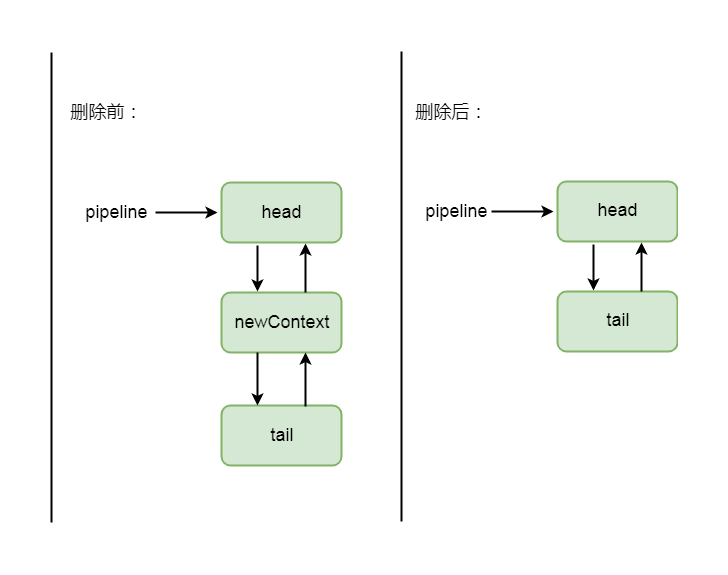
回到remove(ctx)方法
|
1
2
3
4
5
6
7
8
9
10
11
12
13
14
15
16
17
18
19
20
21
22
23
24
25
|
private AbstractChannelHandlerContext remove(final AbstractChannelHandlerContext ctx) { //当前删除的节点不能是head, 也不能是tail assert ctx != head && ctx != tail; synchronized (this) { //执行删除操作 remove0(ctx); if (!registered) { callHandlerCallbackLater(ctx, false); return ctx; } //回调删除handler事件 EventExecutor executor = ctx.executor(); if (!executor.inEventLoop()) { executor.execute(new Runnable() { @Override public void run() { callHandlerRemoved0(ctx); } }); return ctx; } } callHandlerRemoved0(ctx); return ctx;} |
我们继续往下看, 如果当前线程不是eventLoop线程则将回调删除事件封装成task放在taskQueue中让eventLoop线程进行执行, 否则, 则直接执行回调删除事件
跟到callHandlerRemoved0(ctx)方法中:
|
1
2
3
4
5
6
7
8
9
10
11
12
13
14
|
private void callHandlerRemoved0(final AbstractChannelHandlerContext ctx) { try { try { //调用handler的handlerRemoved方法 ctx.handler().handlerRemoved(ctx); } finally { //将当前节点状态设置为已移除 ctx.setRemoved(); } } catch (Throwable t) { fireExceptionCaught(new ChannelPipelineException( ctx.handler().getClass().getName() + ".handlerRemoved() has thrown an exception.", t)); }} |
与添加handler的逻辑一样, 这里会调用当前handler的handlerRemoved方法, 如果用户没有重写该方法, 则会调用其父类的方法, 方法体在ChannelHandlerAdapter类中有定义, 我们跟进去
|
1
2
|
public void handlerRemoved(ChannelHandlerContext ctx) throws Exception {} |
同添加handler一样, 也是一个空实现, 这里用户可以通过重写来添加自己需要的逻辑
以上就是删除handler的相关操作,更多关于Netty分布式pipeline管道删除Handler的资料请关注服务器之家其它相关文章!
原文链接:https://www.cnblogs.com/xiangnan6122/p/10204298.html

